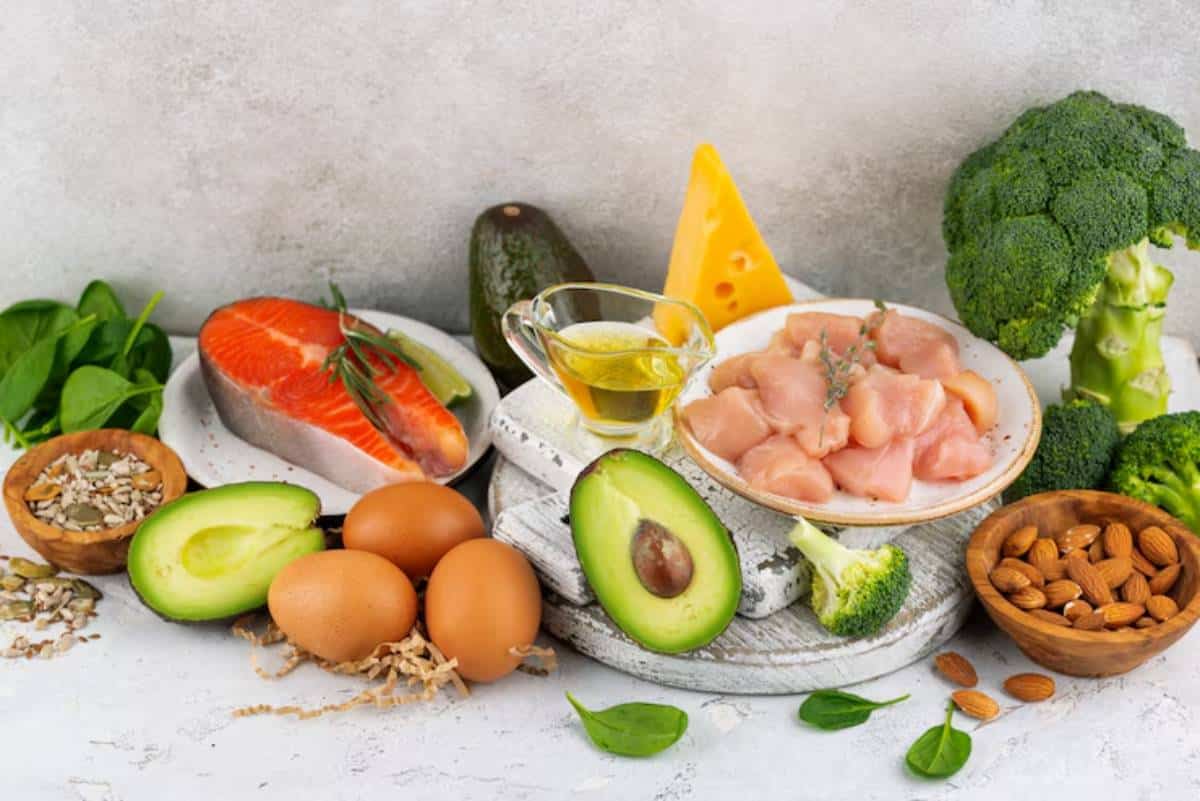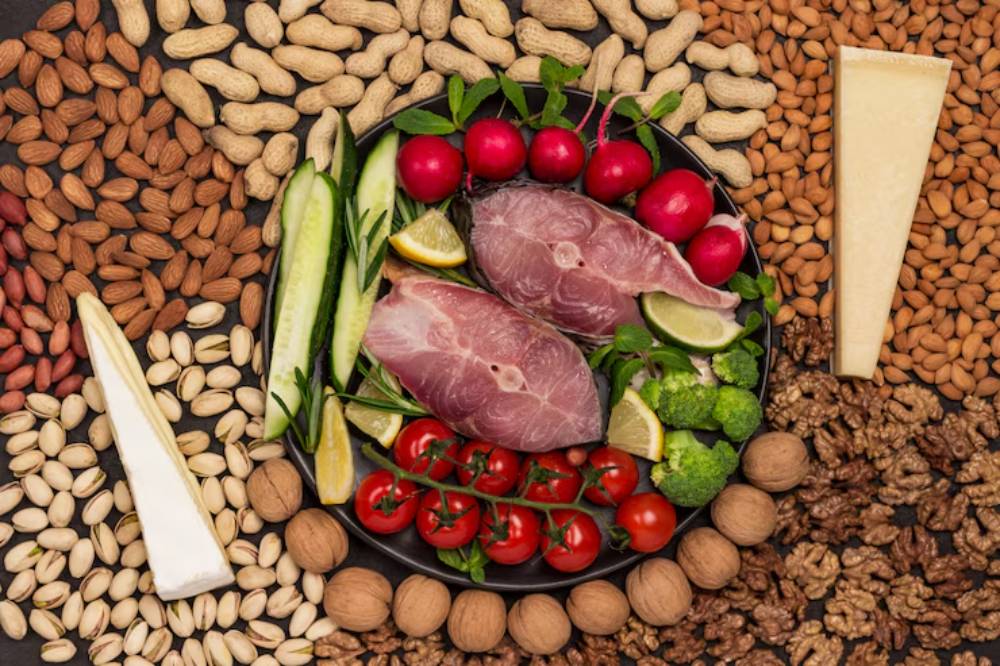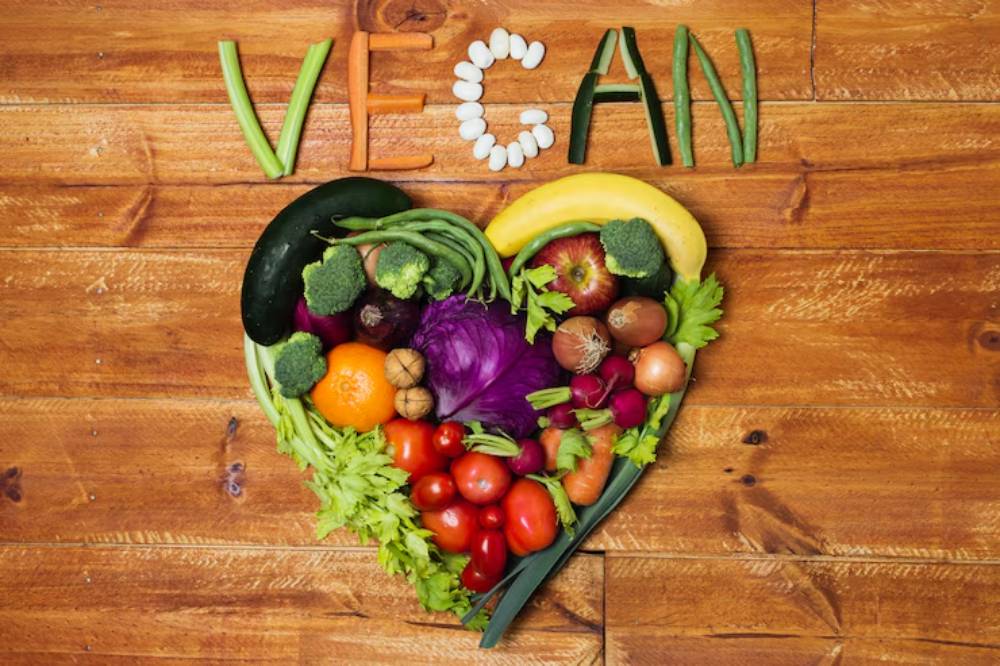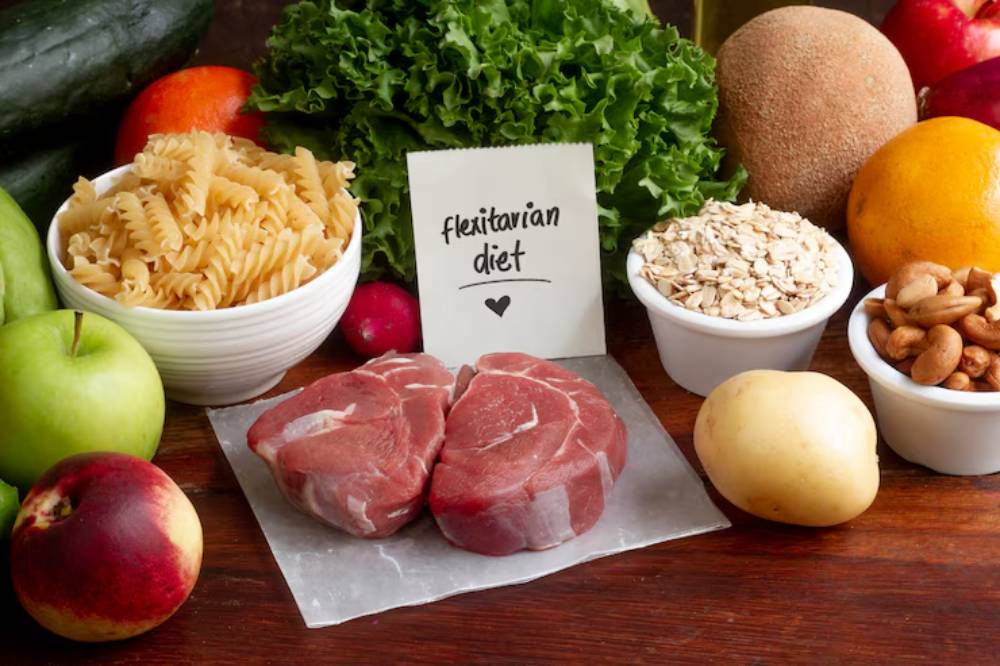
The Pros and Cons of Paleo, Vegan, and Flexitarian Diets
With so many diets making headlines, it’s easy to feel overwhelmed when choosing how to eat. Whether you’re looking to boost energy, support long-term wellness, or simply make more conscious choices, understanding your options is key.
Three of the most talked-about approaches are the Paleo, Vegan, and Flexitarian diets. Each offers unique benefits and challenges—and no single method fits everyone. In this diet comparison, we’ll break down what these eating styles involve, their pros and cons, and how they might align with your goals for a healthy lifestyle.
Paleo Diet: Eating Like Our Ancestors

The Paleo diet is based on the idea of eating the way early humans did—before agriculture and processed foods.
What It Includes:
- Lean meats (especially grass-fed)
- Fish and seafood
- Fruits and vegetables
- Nuts and seeds
- Healthy fats like olive oil or avocado
What It Avoids:
- Grains
- Dairy
- Legumes (like beans and lentils)
- Refined sugar and processed foods
Pros:
- Whole-food focus: Encourages natural, unprocessed ingredients
- Low in added sugar: Supports blood sugar stability
- Anti-inflammatory: Emphasises omega-3 fats and antioxidants
- High protein: Aids in satiety and muscle repair
Cons:
- Restrictive: Cutting out entire food groups like dairy and grains may be hard to sustain
- Nutrient gaps: Can lack calcium, fibre, and certain B vitamins
- Cost: Grass-fed meats and organic produce can be expensive
- Controversial evidence: Critics question its accuracy in reflecting actual Paleolithic diets
Best For:
Those seeking a high-protein, whole-food diet with an emphasis on clean eating and inflammation reduction.
Vegan Diet: Powered by Plants

The Vegan diet eliminates all animal products and is rooted in plant-based eating. For many, it’s also an ethical and environmental choice.
What It Includes:
- Fruits and vegetables
- Legumes and pulses
- Whole grains
- Nuts, seeds, and plant-based oils
- Dairy and meat substitutes
What It Avoids:
- All animal-derived foods (meat, fish, dairy, eggs, honey)
Pros:
- Nutrient-rich: High in fibre, antioxidants, and phytonutrients
- Heart health: Linked to lower cholesterol and blood pressure
- Sustainable: Has a lower environmental impact
- Weight-friendly: Often lower in calories and saturated fat
Cons:
- Nutrient challenges: Risk of low vitamin B12, iron, calcium, and omega-3s
- Processed substitutes: Some plant-based meats are highly processed
- Dining out: This can be difficult in less accommodating regions or restaurants
- Adaptation period: Takes time to learn balanced plant-based cooking
Best For:
Those motivated by health, ethical concerns, or environmental impact are committed to learning plant-based nutrition.
Flexitarian Diet: The Balanced Middle Ground

The Flexitarian approach is a more relaxed form of vegetarianism. It promotes mostly plant-based eating but allows occasional meat or animal products.
What It Includes:
- Mostly vegetarian meals
- Occasional meat, poultry, or fish
- Emphasis on whole, minimally processed foods
- Flexibility depending on personal goals
What It Avoids:
- No strict “avoid” list—the focus is on reducing, not eliminating, animal products
Pros:
- Flexible: Easier to stick with long-term
- Balanced: Combines plant-based benefits with animal-based nutrients
- Customisable: Can be adjusted based on health goals or social settings
- Supports weight control: High in fibre and plant protein, naturally filling
Cons:
- Lacks structure: May confuse those who prefer clear guidelines
- Nutritional quality varies: Some may rely on refined carbs or not include enough vegetables
- Slower results: Changes in health may take longer compared to more restrictive diets
Best For:
Anyone seeking a healthy lifestyle without strict rules—ideal for gradual change and sustainable eating habits.
Diet Comparison at a Glance
| Feature | Paleo | Vegan | Flexitarian |
| Primary Focus | Whole foods, no grains | Plant-based, no animal products | Mostly plant-based, occasional meat |
| Protein Source | Meat, fish, eggs | Legumes, tofu, tempeh | Plants + animal protein |
| Nutrient Concerns | Calcium, fibre, B-vitamins | B12, iron, omega-3s | Depends on food choices |
| Flexibility | Low | Moderate | High |
| Sustainability | Moderate | High | High |
| Weight Management | Effective with focus | Often leads to loss | Effective if well-balanced |
Choosing What Works for You
Each of these diets can support a healthy lifestyle—but your success depends on how well they align with your personal needs and values.
Questions to ask yourself:
- Do I have time to prepare meals from scratch?
- Am I willing to track specific nutrients or take supplements?
- What are my reasons for changing my diet—health, ethics, sustainability?
- Do I thrive on structure or prefer flexibility?
- How important is convenience or cultural food preference in my daily life?
There’s no “one size fits all.” The best diet is one you can maintain, enjoy, and build into lasting eating habits.
Nutrition Tips for Any Diet
No matter which diet you choose, these core habits will help you stay nourished and balanced:
- Eat the rainbow: Include a variety of fruits and vegetables
- Watch added sugars and refined carbs: Even on plant-based plans
- Stay hydrated: Water supports digestion and overall function
- Plan ahead: Meal prep can reduce stress and poor choices
- Listen to your body: Eat when hungry, stop when satisfied
- Supplement wisely: Especially for nutrients like B12, iron, or omega-3s when needed
Balanced nutrition is more than what you cut out—it’s about what you consistently put in.
Final Thoughts: Finding Your Food Philosophy
The world of diets can be noisy, but at its core, eating well is about nourishing your body and aligning your choices with your goals. Whether you’re drawn to the simplicity of Paleo, the ethics of Veganism, or the balance of Flexitarian living, what matters most is consistency, enjoyment, and how you feel.
This diet comparison isn’t about which is “best”—it’s about understanding what supports your journey toward long-term wellness. Embrace the process, experiment mindfully, and honour your evolving relationship with food.
Because when it comes to healthy lifestyles, what you eat should help you live well—not stress you out.


